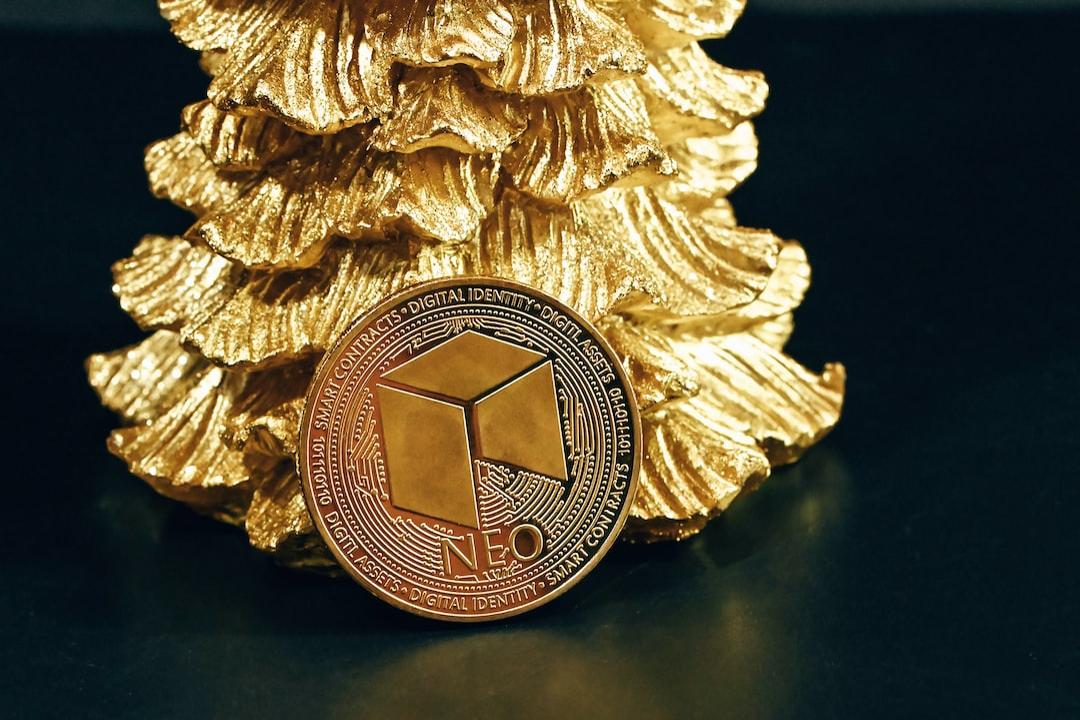On June 9, Cardano’s (ADA) daily active addresses has dropped to just 9,039 from its April’s peak of 71,000, a reduction of approx. 87%. Daily active addresses is a metric often used to gauge the real-world utility and adoption of blockchain platforms.
The drop in daily active addresses doesn’t just show short-term volatility. Instead, it points to a deeper issue: the Cardano network is experiencing reduced interaction across its ecosystem. Fewer wallets are participating in transactions, which implies slower dApp activity, lower staking participation, and limited movement of tokens. This comes despite the broader crypto market remaining relatively stable over the past few weeks.
This weakening engagement becomes even more apparent when placed next to rival Layer-1 blockchains. Solana has nonetheless seen a resurgence in user activity. As of early June, Solana’s 7-day moving average for daily active addresses climbed above 5 million. While ADA’s on-chain user base shrinks, Solana is gaining attention.
MVRV Ratio Confirms Weakening Short-Term Profitability
The fall in active addresses coincides with a cooldown in Cardano’s Market Value to Realized Value (MVRV) ratio over the past two months. As of June 9, the 30-day MVRV ratio sits at around +21.32%, down from a high of over +240% in April.


This metric tracks the average profit or loss of addresses that acquired ADA in the past month. A lower MVRV ratio typically means fewer investors are sitting on profitable positions, reducing the likelihood of near-term sell pressure — but it also implies diminished enthusiasm and unrealized gains across the market.
Meanwhile, wallet behavior among large holders suggests a quiet reshuffling of ADA supply. Addresses holding between 1 million and 10 million ADA have reduced their share from roughly 17.5% to around 15.7% over the past few months.

This drop, while not unprecedented, indicates that mid-sized whales have been steadily reducing exposure. In contrast, the very large wallet tier — holding between 100 million and 1 billion ADA — has seen a marginal increase, suggesting some redistribution.
You May Also Like: SEC Postpones Cardano (ADA) ETF Decision
Despite a stable distribution among smaller retail wallets, their ability to influence price trends or network usage remains limited. Without the backing of larger entities or renewed dApp activity, the current user base appears insufficient to sustain high throughput or utility demand on the network.
One area where Cardano once held a strong reputation — its GitHub-based developer activity — is also showing signs of fatigue. According to data from Santiment, Cardano’s development activity has declined steadily since February, with the most recent reading on June 5 showing a significant drop to 818, the lowest level in over a year.

Also Read: Cardano Founder Charles Hoskinson Breaks Silence Again: ADA Vouchers Tied to KYC, Not Private Keys
Cardano Technical Structure Shows Consolidation
On the technical front, ADA is showing signs of continued consolidation. The 4-hour chart reveals that the asset is currently trading between $0.66 and $0.67, forming a narrow support zone. All major exponential moving averages (EMAs) — 20, 50, 100, and 200 — are positioned above the current price level, reflecting a bearish structure that has yet to be challenged.

The Relative Strength Index (RSI) is hovering around 55. This indicates mildly bullish momentum but not enough to indicate a strong reversal. Volume remains light, which further limits the chances of a breakout. The broader price pattern points toward range-bound movement unless ADA can decisively close above $0.7030. Until then, traders are likely to remain on the sidelines.
